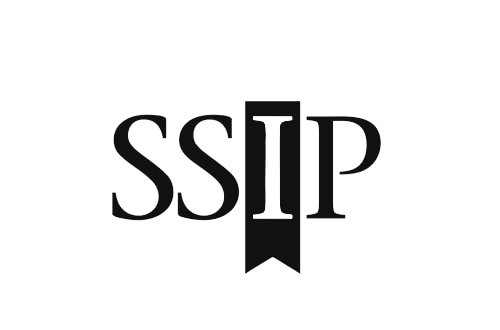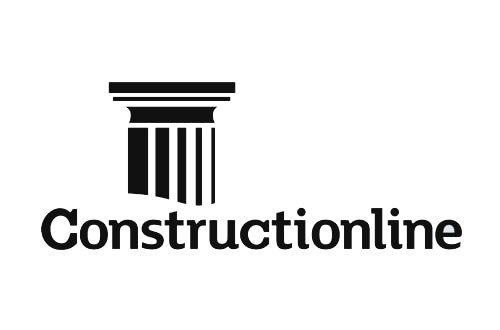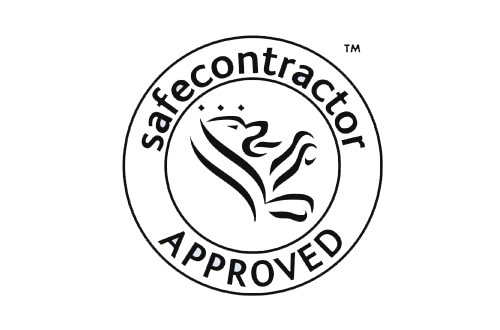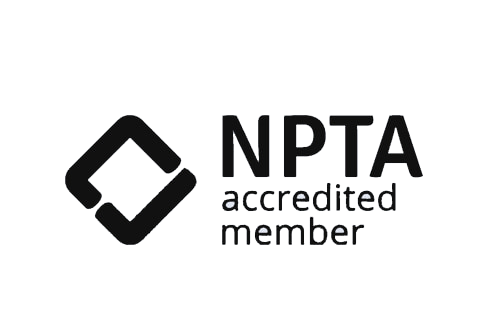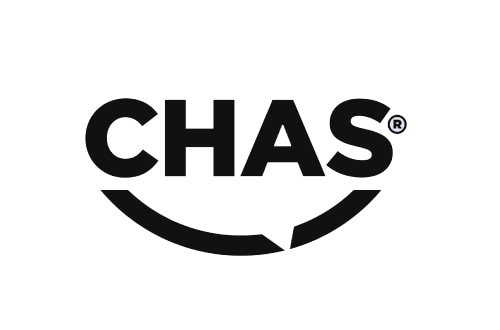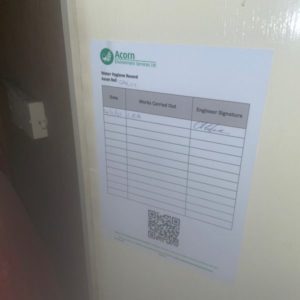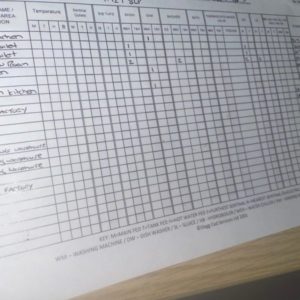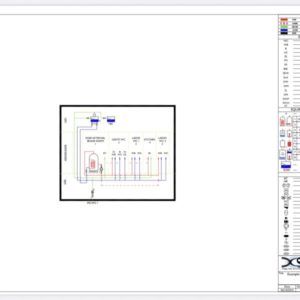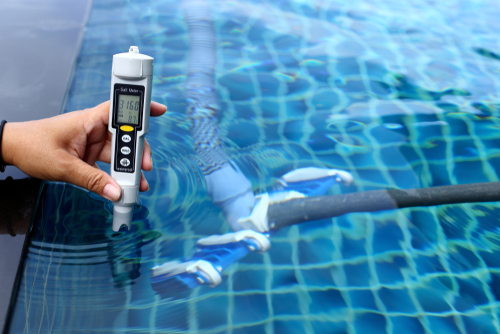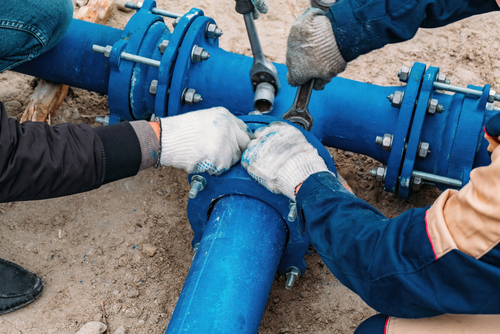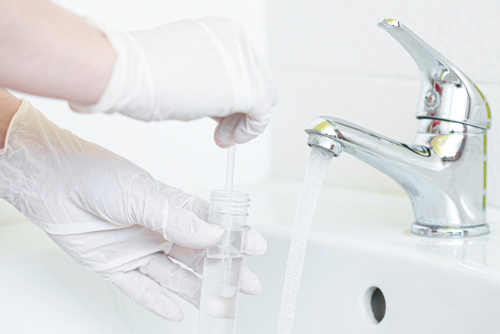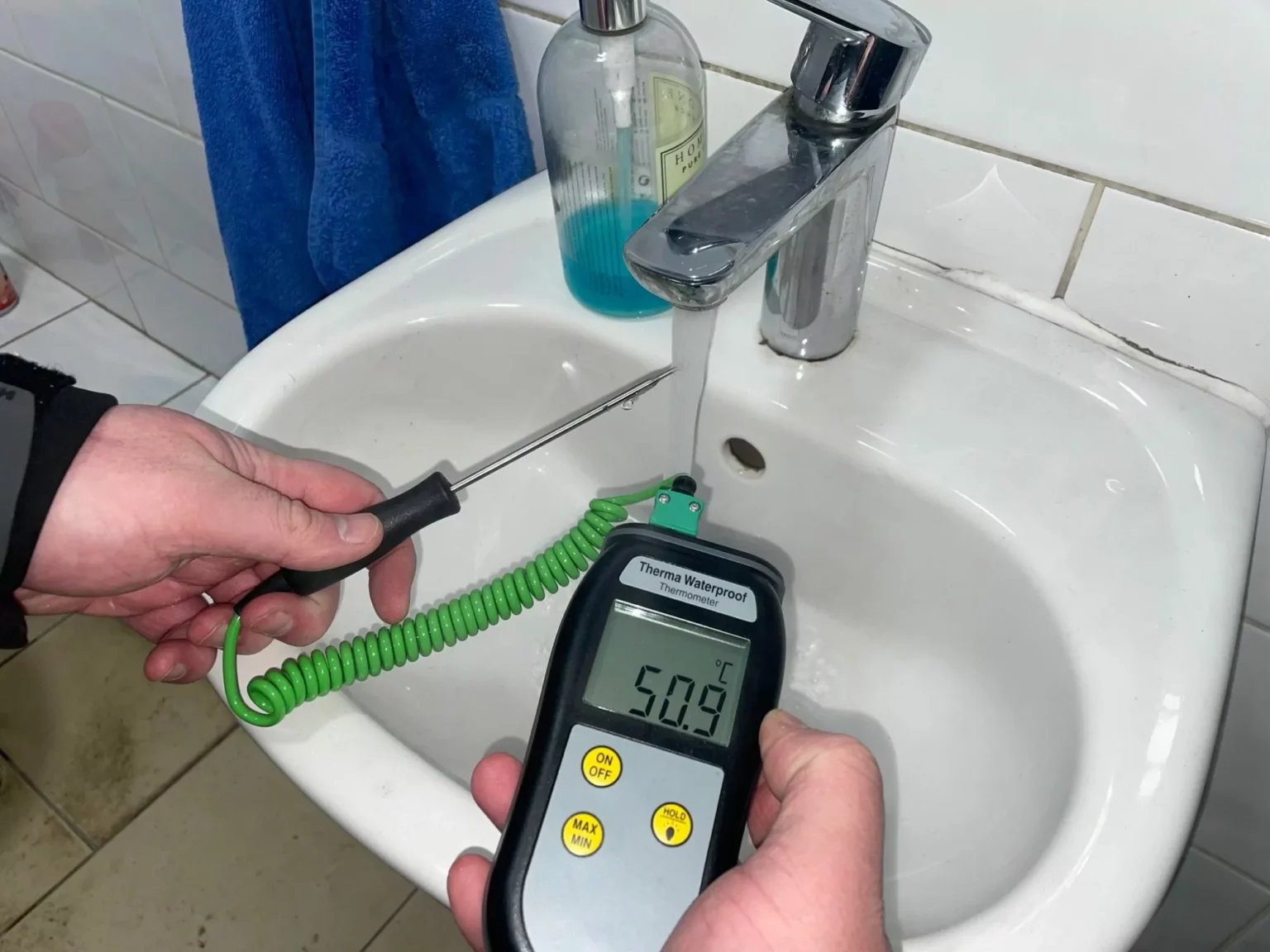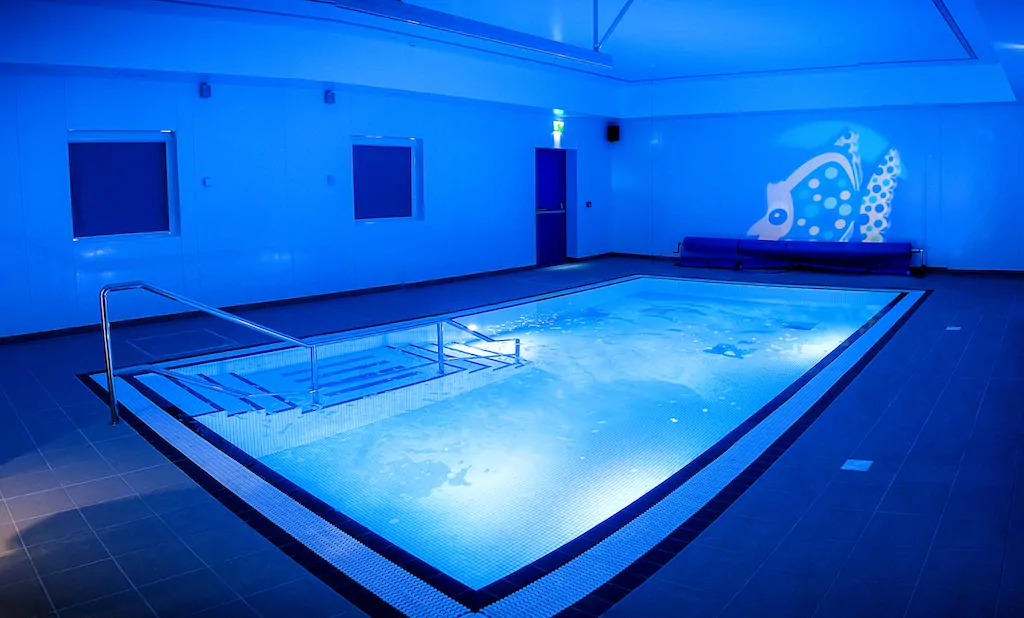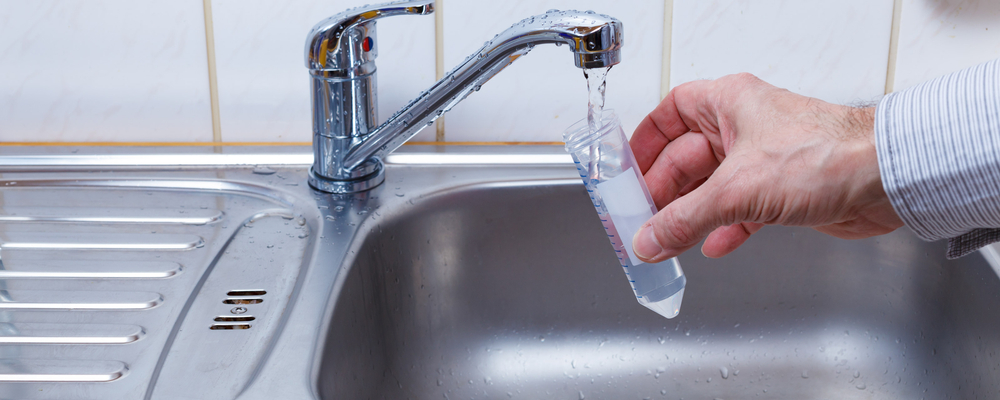December 21st, 2023
Legionella Risk Assessment

Get started with Acorn
Get your free quote
Contact Us"*" indicates required fields
Our Accreditations
Legionella Risk Assessment
Acorn Environment Services provide specialist water safety and legionella risk assessment solutions for the control of Legionnaires’ disease in the workplace. We help employers, landlords and property owners meet their obligations under current UK health and safety law to keep people safe.
All UK businesses, including property owners and landlords must carry out and maintain an accurate, up to date risk assessment for the control of legionella in their premises.
Our assessments meet the legal requirements set out in the Health & Safety Executives ACOP L8, HSG274, HTM healthcare documents and the Care Quality Commission standards.
How It Works
Leave your water hygiene to the skilled hands at Acorn.
-
Book a survey
Email or call our water hygiene experts for a FREE quote.
-
Need guidance?
Unsure about the service that’s right for you? Our seasoned experts are ready to offer FREE advice.
-
Around-the-Clock help
For those urgent moments, remember we’re here for you 24/7. Don’t hesitate to get in touch.
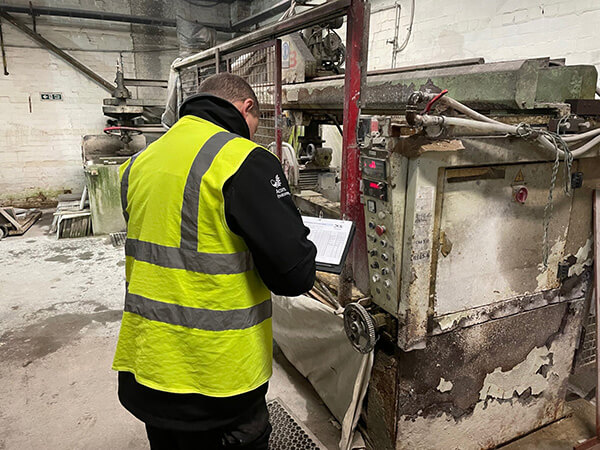
A legionella risk assessment by Acorn.
Each of our legionella assessments will identify your risks and their significance, additionally they will go on to explain how you can manage them effectively and so comply with the law.
Our specialist water safety solutions include expert legionella assessments, in-field water sampling, laboratory water analysis and full support services to ensure the risks associated with Legionnaires’ disease are managed to meet the UK’s regulatory compliance standards.
Our detailed water safety assessments are delivered by fully trained risk assessors who can perform a detailed examination of all man-made water systems at your premises, together with a review of the risk management and control processes you have in place to manage the risks associated with Legionnaires’ disease through exposure to Legionella bacteria.
Contact Acorn today to arrange a legionella risk assessment of your property.
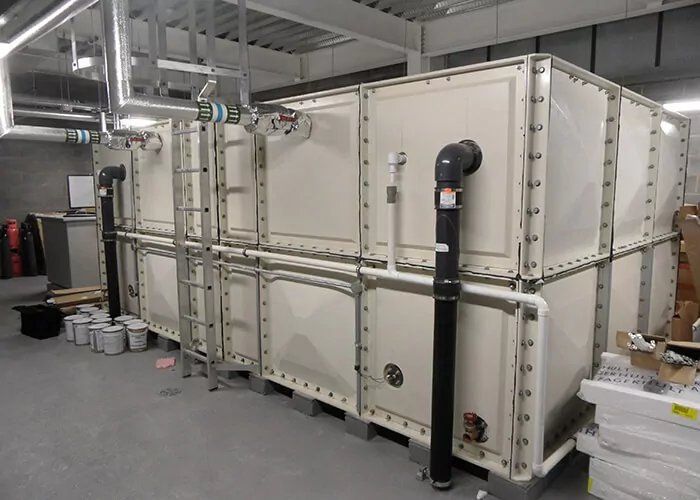
What does a Legionella Risk Assessment cover?
The Legionella Risk Assessment takes into account the following factors:
- Water Temperature
- Water Stagnation
- Potential for Aerosol Formation
- Heat Gain / Loss Potential
- Condition of the Water
- Condition of all water systems
- The Susceptibility of persons exposed on site
Acorn Environment Services also provides legionella water testing services.
How often do I need a Legionella Risk Assessment?
- Where there have been changes to plant, the water system or its use
- Where there have been changes to the use of the property
- Where new information about risk or control measures have become available
- Where temperature monitoring indicates that control measures are no longer effective
The risk assessment would include all hot and cold water services. All information would be recorded on audit forms and collated within a single document. This document will be supplied to the client in either PDF or physical folder format.
Temperature measurements would be completed, checked and evaluated. The following standards should be met:
- Hot water stored at 60°C and above.
- Hot water at outlets to be a minimum of 50°C within one minute of running
- Cold water stored below 20°C
- Cold water at outlets to be a minimum of 20°C within two minutes of running
A colour schematic drawing will be produced showing a layout of water systems within the property.
All areas requiring remedial action would be covered in the recommendations section of the report. A written quotation for these works will be made available to the client upon request.
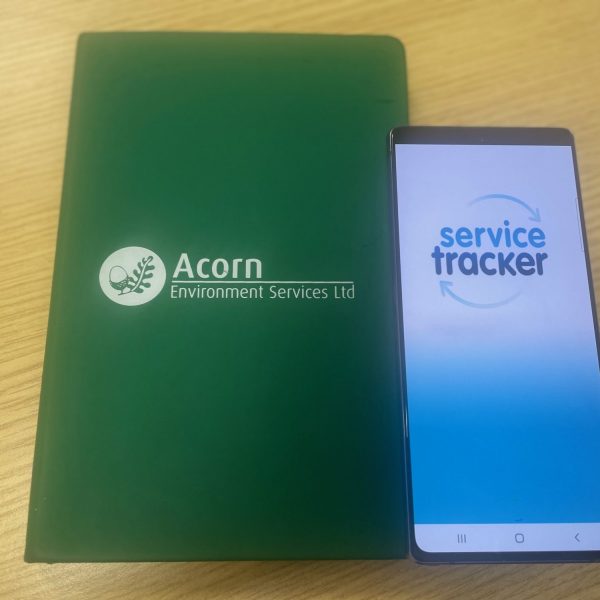
Keeping Records
If you have five or more employees you have to record any significant findings, including those identified as being particularly at risk and the steps taken to prevent or control risks. If you have less than five employees, you do not need to write anything down, although it is useful to keep a written record of what you have done.
Records should include details of the:
– Person or persons responsible for conducting the risk assessment, managing, and implementing the written scheme
– Significant findings of the risk assessment
– Written control scheme and details of its implementation
– Details of the state of operation of the system, ie in use/not in use
– Results of any monitoring inspection, test or check carried out, and the dates
These records should be retained throughout the period for which they remain current and for at least two years after that period. Records kept in accordance with (e) should be retained for at least five years.
Legionella risk assessments for every property
Our experts have years of experience in the water hygiene industry and have completed Legionella Risk Assessments for all types of properties. No matter if you’re a home or business owner, you can count on us to keep your water systems safe.
Legionella Risk Assessment for Commercial Properties
From shopping centres with display fountains to office buildings with complex water systems, commercial properties can have the perfect conditions for Legionella bacteria.
Since the bacteria grows in stagnant water, or water that has a maintained temperature of 20 – 45°C, you need to carry out Legionella Risk Assessments to make sure your water system is safe. This isn’t just about staying compliant with laws and regulations – it’s about protecting the health of those using your water.
Get in touch with our team today and we can book in your commercial property Legionella Risk Assessment.
Legionella Risk Assessment for Dental Practices
All dental surgeries have to carry out Legionella Risk Assessments for their Dental Unit Water Lines (DUWLs) and hot and cold water systems.
While reported incidents of Legionella in dental practices are low, if there is contamination, the risk of transmission is high. This is because the bacteria can be easily spread through contaminated instruments, like scalers and high-speed handpieces.
To protect your DUWLs from Legionella bacteria, flush them on a regular basis, keep the temperature below 20°C or above 60°C, and book in regular Legionella Risk Assessments.
Together, we can make sure your staff and patients are safe.
Legionella Risk Assessment for Domestic Properties
Legionella bacteria isn’t picky – given the right conditions it’ll grow in any water system for any property. So, if you’re a homeowner and you want some peace of mind that your water is safe, you’re in the right place.
Whether your domestic property has a private water supply or you’re worried your hot water tank could become contaminated, we’ve got you covered. Give our team of experts a call and we can book you in for a domestic Legionella Risk Assessment.
Legionella Risk Assessment for Landlords
Do you rent out an apartment or house? Or even just one room in your own home? Then you have a legal responsibility to make sure your water is safe for your tenant.
Don’t worry though – it doesn’t have to be a complicated process. As a general rule, your hot and cold water system needs to be used at least once a week to stop the water from becoming stagnant.
So, if your property is vacant, make sure you have a good flushing system in place and carry out a risk assessment before anyone moves back in.
With our comprehensive Legionella Risk Assessment service, you can rest easy knowing your water system is free from harmful bacteria. It also means that, on the off chance something is wrong, you can get ahead and fix the problem before it escalates.
Speak to the Legionella risk assessment team today
Protect your property and the health of those who use your water system. Contact our experts today to schedule your Legionella Risk Assessment. Don’t wait – ensure safety and compliance now!
From our clients

Frequently asked questions
Can Legionella Disease be prevented?
How can a person contract Legionella's Disease?
How much could you be fined for Legionella?
Speak to a specialist today
Discover how we can help
"*" indicates required fields

